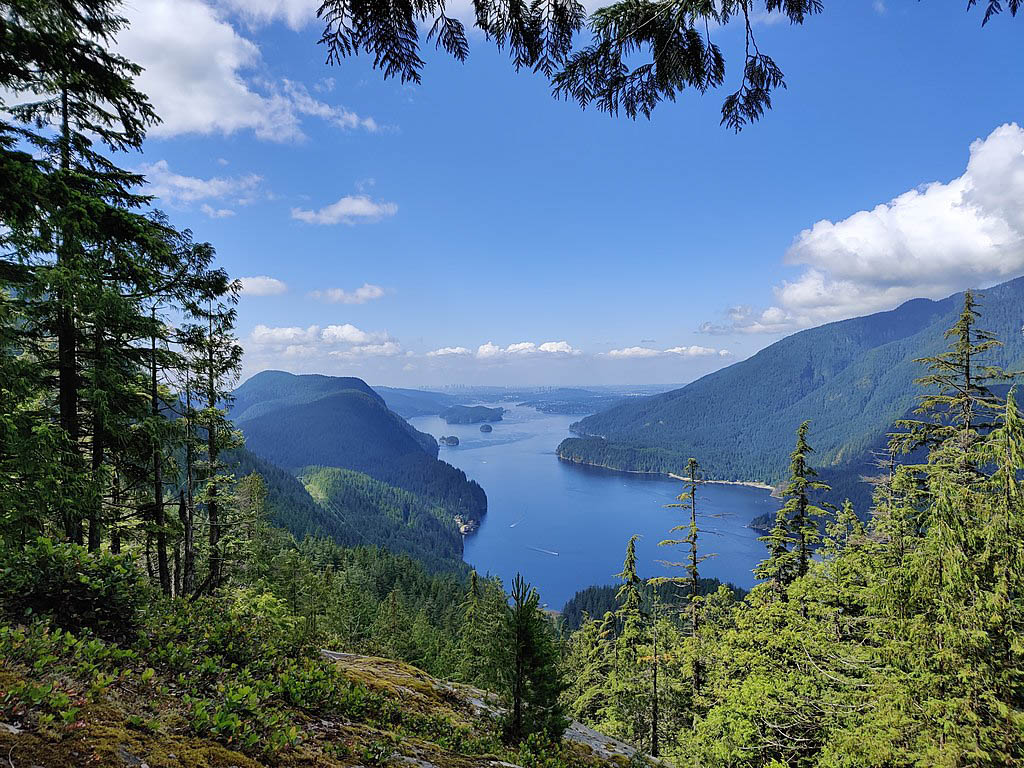Barrie Kovisas was recently scuba diving in Indian Arm, British Columbia, and left his camera on the bottom. The camera captured dogfish five or six times during the course of an hour. The camera picked up the dog fish, despite Barrie’s claim that he didn’t observe any on his dive in the general region. He returned to pick up the camera by freediving.
Indian Arm is a steep-sided glacial fjord in southwestern British Columbia, next to the city of Vancouver. It stretches north from Burrard Inlet, between the settlements of Belcarra (to the east) and the District of North Vancouver (to the west), and into mountainous wilderness. It was formed during the last Ice Age. Captain George Vancouver documented Burrard Inlet and the opening of Indian Arm, and Dionisio Alcalá Galiano explored it thoroughly a few days later in June 1792.
Indian Arm is a saltwater fjord about 20 kilometers (12 miles) north of Burrard Inlet. There are no bridges, and road access is restricted to the towns on the arm’s southern end. The steep mountain slopes are so impassable that, despite their closeness to a major metropolis, most have remained undeveloped. Indian River can be reached by boat from the Vancouver area or by logging road from Squamish, and is identified by a small pier at the north end of the arm.
Large swaths of both fjord coastlines, as well as Racoon and Twin Islands, are all part of Indian Arm Provincial Park. The overall area of this park is 6,826 ha (16,870 acres). Bishop Creek (west side), Granite Falls, and Twin Islands all have wilderness campgrounds at sea level. Boaters and kayakers use the park, which is also visited by charter boat day cruises departing from Granville Island, Port Moody, and Coal Harbour. Divers can dive around Racoon and Twin Islands in shallow water.
The Wigwam Inn, at the north end of Indian Arm, was founded in 1910 as a high-end German Biergarten resort and fishing lodge. Customers and supplies arrived at the inn via a daily steamship route, which used the sternwheeler Skeena. There are rumours that Al Capone hid out at the Wigwam, that murders occurred there, and that the Wigwam is haunted.
Freediving Report
Max dive depth that day was 18.4m (59 feet) and max breath hold time was 91 seconds.
Barrie Kovisas







